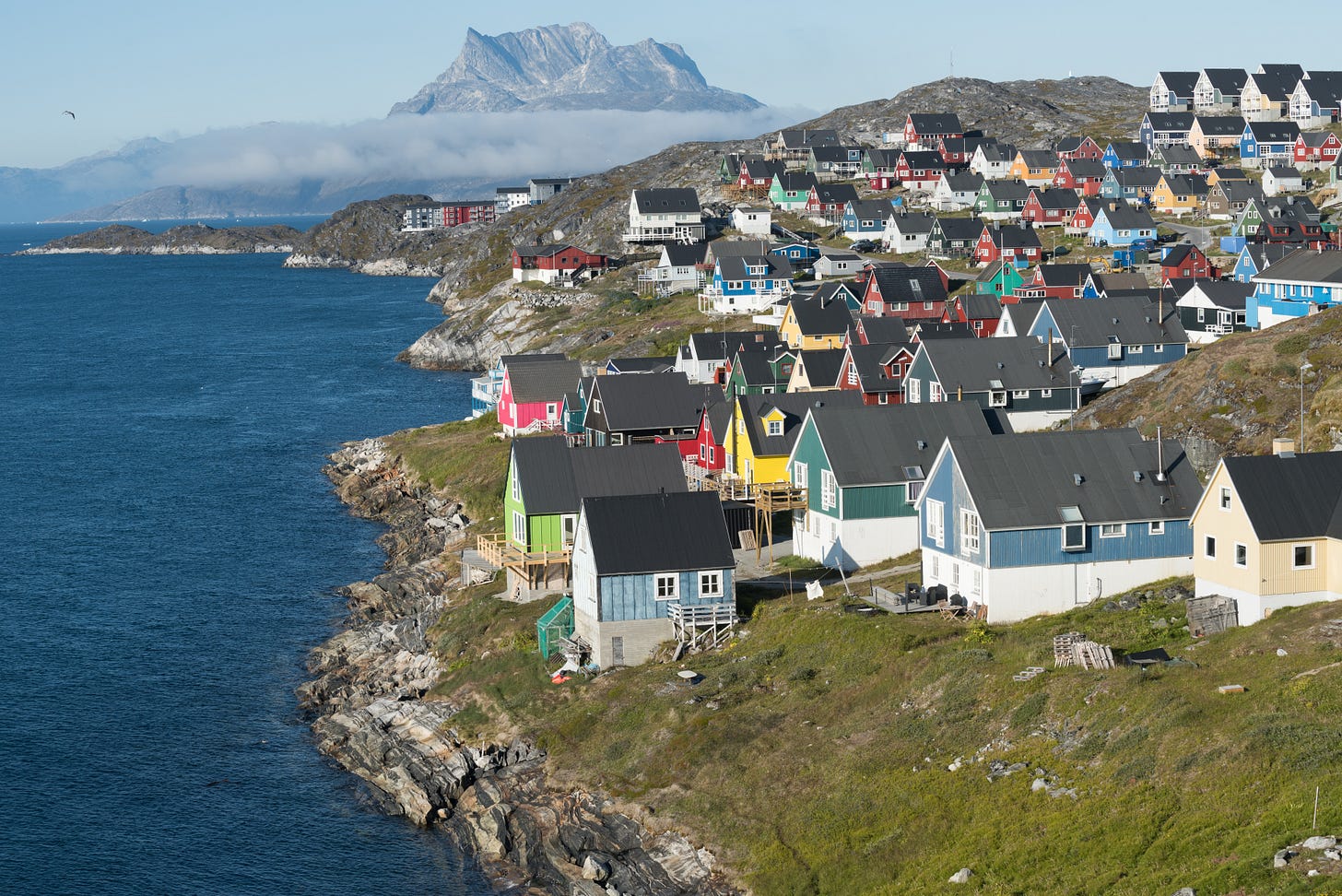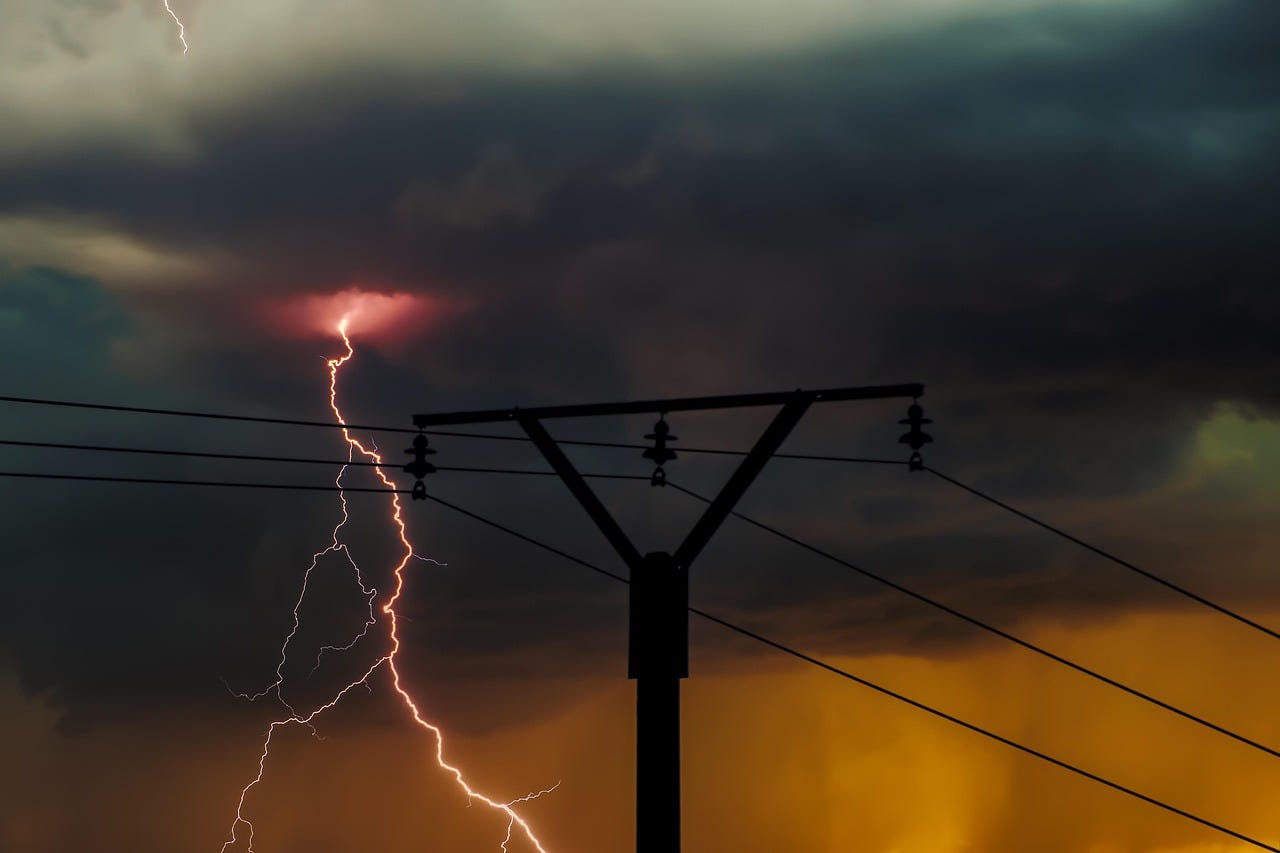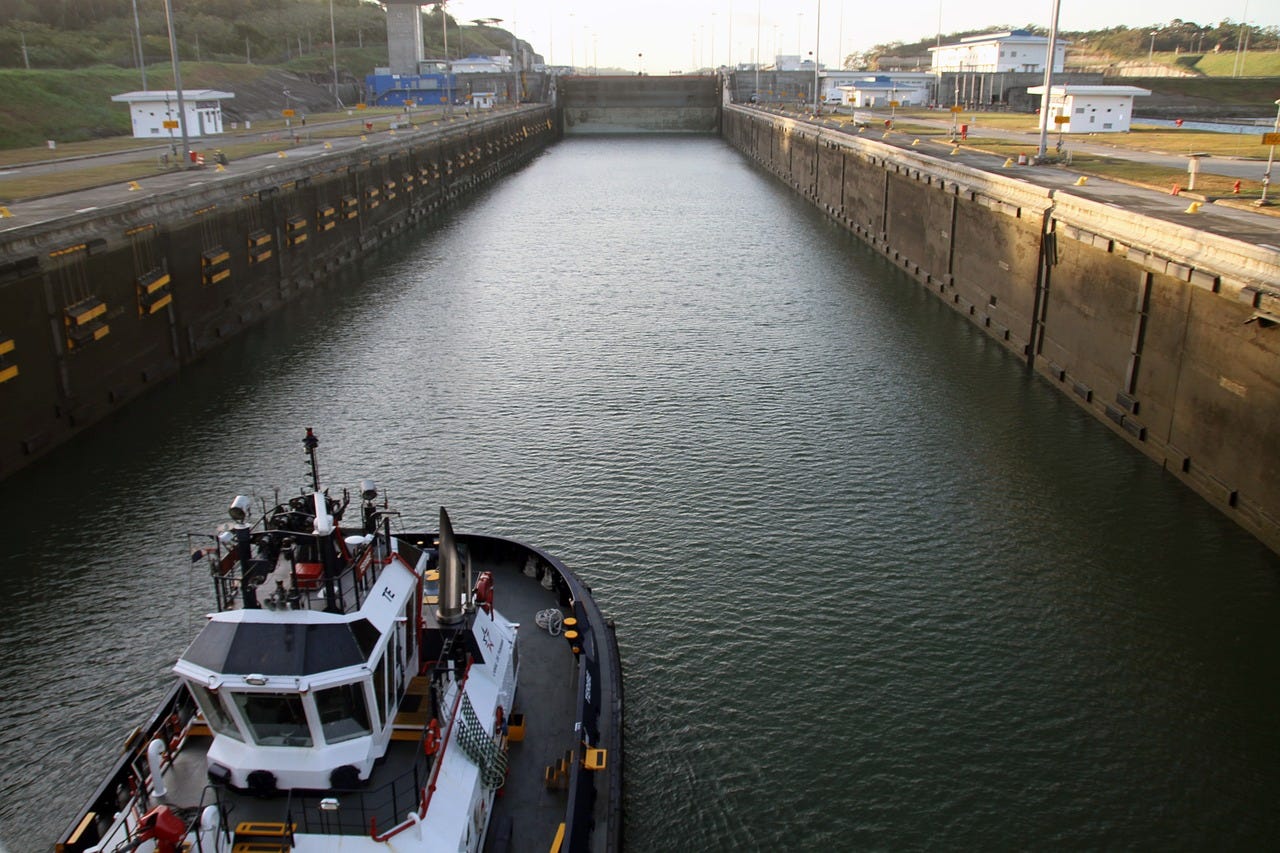How Trump's Greenland gameplan hinges on climate change
Welcome to Callaway Climate Insights, your guide to global climate finance analysis.
Today’s edition of Callaway Climate Insights is free for all our readers. We really want to bring you the best and latest in climate finance from around the world. Please subscribe now.

Now that President Donald Trump has, er, solved the Panama Canal crisis he created with BlackRock BLK 0.00%↑ buying out the Chinese ports on either side of it (See insight below), his attention is likely to turn to Greenland next week as parliamentary elections are held. Ironically, climate change is a key part of his game plan.
Trump said during his address to Congress this week that he expects the U.S. to get Greenland “one way or another,” which yields a fascinating array of possibilities, from using tariffs on Denmark as pressure to outright invasion. Five of these are discussed in a great piece today by my old USA Today colleague Kim Hjelmgaard. Others can be found with Callaway Climate Insights media partner, Arctic Today.
For our money, Trump will likely use the strategy he used in Panama, and time after time again during his business career: letting someone else pay for it. In this case, a combination of Wall Street and Silicon Valley. Tech billionaires such as Bill Gates and Jeff Bezos have long cited Greenland’s rich mineral deposits as attractive for energy and tech applications, even backing a mining project there together a few years ago. Imagine a consortium of tech giants with a hundred-billion-dollar package to invest in Greenland mining, manufacturing and job creation.
Such a deal would send a massive infusion of wealth to Greenland and could change the constant discussion there of independence from Denmark, which will become more even active next week after the vote on March 11. Despite insistence from Greenland Prime Minister Múte Bourup Egede that the country is not for sale, an investment deal would always be on the table.
A deal like this would only work, however, if Greenland continues its pattern of warming faster than the rest of the world, even Antarctica. Melting ice creates not only mining opportunities but opens shipping channels and trading opportunities with nearby Europe. It creates an investment thesis, but also the international security scenario that Trump continues to harp on. That climate change, which Trump dismisses, is a key driver of both these scenarios is not lost on those who watch what Trump does rather than what he says.
It is unlikely that Trump would ever invade Greenland (or Canada for that matter) or agree to subsidize it like Denmark does. But an investment package, paid for by someone else, would allow him to claim victory in his strategy, just as he has in Panama. Which may be all that matters to him.
How the parliamentary vote goes next week will kick this independence talk into high gear in Nuuk, Greenland’s capital. How investors respond will depend on Trump’s next move, but much more so on the incredible environmental changes happening in a region that is no longer overlooked by the rest of the world.
Don’t forget to contact me directly if you have suggestions or ideas at dcallaway@callawayclimateinsights.com.
Follow us . . . .
Twitter | LinkedIn | Facebook | Instagram
How the stock market prices climate risk in red, blue states may surprise you
. . . . Researchers have long suspected that companies with strategies to fight climate change are rewarded by investors with slightly lower interest rates, or “greeniums,” when they raise money, but now a new study shows that the impact of physical climate risk on stocks is even greater than bonds, writes Mark Hulbert. Researchers studied power outages in red and blue states over a 14-year period and found that in general, shares of companies in red states — where the climate risk is higher because of anti-climate politics — performed better than those in blue states. The conundrum, explained in Hulbert’s column, focuses on short-term pain and long-term benefits. But the study essentially proves that the stock market is already pricing climate risk.
Thursday’s subscriber insights
The other winner in BlackRock’s $23 billion Panama ports deal
. . . . BlackRock’s BLK 0.00%↑ Larry Fink handed President Donald Trump an early geopolitical victory this week when it unexpectedly swooped in and purchased the two main ports for the Panama Canal from China’s CK Hutchinson for $19 billion. The deal was one of the biggest of the year so far and allowed Trump to claim he had pushed the Chinese out of one of the world’s biggest trade routes.
But another winner in the deal was CK Hutchinson and its founder, Li Ka-shing, who were able to cash out of a deal after almost 30 years that had not only become fraught with political risks, but climate risks as well.
Climate change had hit the Panama Canal hard at this time last year after a major drought shrank the levels of nearby Gatun Lake, which feeds the fresh water for the canal’s locks, to record lows. The crisis caused it to restrict traffic and raise costs, which were part of what attracted Trump’s ire, as U.S. ships are major customers. A strong rainy season in late 2024 helped restore levels and alleviate the crisis for the time being, but the new owners of the ports now must bear the risk.
The relief for CK Hutchinson was reflected in its share price in Hong Kong, which leaped more than 25% for its biggest one day jump in 27 years, which was about the time it bought into the ports.
For the time being, it seems everybody is happy. Especially the Panamanian government. But we’ll come back to this the next time a drought hits the region. . . .
More on the impact of Nvidia’s stock wipeout on energy providers
. . . . Shares of the energy providers who are expected to power the tremendous growth of AI data centers continued to fall this week, along with the rest of the market. For more on this, check out my appearance on the Money Life Show with Chuck Jaffe, another old colleague and friend from Boston.
https://moneylifeshow.libsyn.com/voyas-stein-the-timing-of-policy-changes-is-moving-the-markets
Editor’s picks: Welcome to spring severe weather season! Plus, world’s biggest iceberg parks itself
Watch the video: Welcome to meteorological spring: Showers, flowers and tornadoes. AccuWeather’s Jon Porter has a look at which parts of the country will be more likely to see tornadoes and severe weather.
World’s biggest iceberg runs aground
A23a, the biggest iceberg in the world, has been drifting in the Southern Ocean around Antarctica for four years. It looks like it’s now run aground offshore of the island of South Georgia, a British Overseas Territory in the southern Atlantic Ocean, according to a statement this week from the British Antarctic Survey (BAS). It’s estimated the iceberg weighs more than a trillion tons and, when it was measured in August, had an area of 1,418 square miles. That’s slightly smaller than Rhode Island, CNN reports, and twice the size of London. The iceberg calved in 1986 from the Filchner Ice Shelf in Antarctica and then stayed on the seabed in the Weddell Sea for more than 30 years. It started drifting around in 2020. Now that it has run aground offshore, scientists are less worried it will damage or impede access to feeding grounds for seals and the macaroni penguins common to South Georgia.
Latest findings: New research, studies and projects
Handbook on global environmental rights
North America is beset by environmental challenges, including air and water pollution, contaminated drinking water, poisoned land, climate change, and the loss of Nature, write the authors of the Judicial Handbook on Global Environmental Rights (United Nations Environment). In the abstract, they explain how they consider “rights-based approaches to environmental challenges — that is, ways of framing the legal interests implicated in environmental harms as violations of human and constitutional rights.” … “In much of the world, threats against environmental human rights defenders take the form of violence, whereas in North America, efforts to silence and squelch the protection of environmental human rights is done through the courts.” Authors: James R. May, Washburn University - Washburn University School of Law; Widener University Delaware Law School; Haub School of Law at Pace University; Erin Daly, Widener University Delaware Law School
More of the latest research:
Words to live by . . . .
“Sooner or later, we will have to recognize that the Earth has rights, too, to live without pollution. What mankind must know is that human beings cannot live without Mother Earth, but the planet can live without humans.” — Evo Morales, Bolivian politician and activist.






https://substack.com/@johnshane1/note/c-99654016